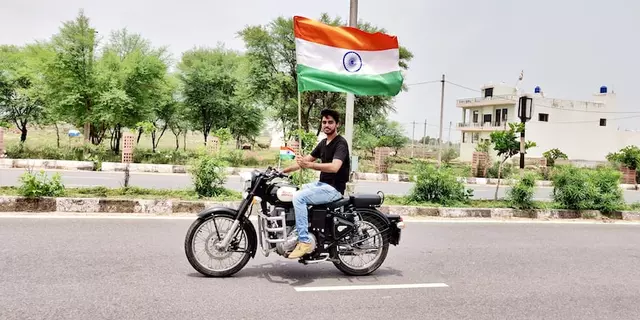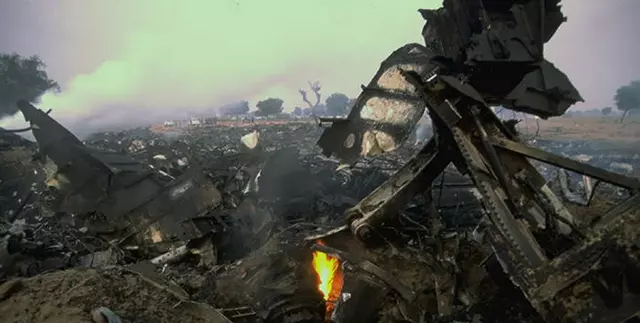Bijnor Road Accident – What Happened and Why It Matters
When you hear about the Bijnor road accident, you’re looking at a specific traffic collision that occurred on the Bijnor‑Saharanpur highway in Uttar Pradesh. Bijnor road accident, a multi‑vehicle crash that caused several injuries and prompted a major emergency response. Also known as Bijnor highway crash, it highlights how quickly a routine drive can turn into a serious public safety event.
Key Aspects of the Bijnor Road Accident
One of the biggest takeaways is the role of road safety, practices and infrastructure that aim to prevent collisions. In the Bijnor case, poor lane markings and speeding were cited as major contributors. When road safety fails, accidents like this become more likely, showing a direct link between infrastructure quality and crash frequency.
The incident also put the spotlight on emergency response, the coordinated effort of police, medical teams, and fire services after a crash. Ambulances arrived within minutes, but traffic congestion slowed their progress. Efficient emergency response can mean the difference between life and death, which is why authorities constantly train for faster deployment.
After the vehicles were cleared, a full traffic investigation, the process of gathering evidence, interviewing witnesses, and reconstructing the crash began. Police examined dash‑cam footage, brake marks, and driver statements. Their findings will shape any legal action and help prevent similar crashes on the same stretch of road.
All of this happens under the oversight of the Uttar Pradesh transport authorities, the state body responsible for road regulations and safety enforcement. They issue advisories, update road signs, and sometimes launch fines for violations. Their involvement shows how a single accident can trigger broader policy reviews.
From a human perspective, the accident affected families, commuters, and local businesses. Many drivers reported shock and anxiety after the crash, a reminder that traffic incidents have a ripple effect beyond immediate injuries. Community support groups often emerge to help victims cope, illustrating the social dimension of road safety.
Looking at the data, Uttar Pradesh records over 30,000 road‑related deaths each year. The Bijnor road accident adds to that grim statistic, emphasizing the need for stronger enforcement of speed limits and better driver education. When statistics are combined with real‑world stories, the urgency for change becomes clearer.
Technology also plays a part. Modern vehicles equipped with collision‑avoidance systems could have mitigated the severity of the Bijnor crash. However, many cars on Indian roads still lack such features, highlighting a gap between available tech and everyday use.
Finally, the legal aftermath will likely involve court hearings, compensation claims, and possible changes to traffic law. The outcome will set a precedent for how similar cases are handled in the future, influencing both victims' rights and driver responsibilities.
All these angles – road safety, emergency response, investigation, authority action, and legal follow‑up – give you a full picture of why the Bijnor road accident matters. Below you’ll find a curated list of articles that dive deeper into each of these topics, offering facts, analysis, and practical advice for anyone concerned about road safety in Uttar Pradesh.





